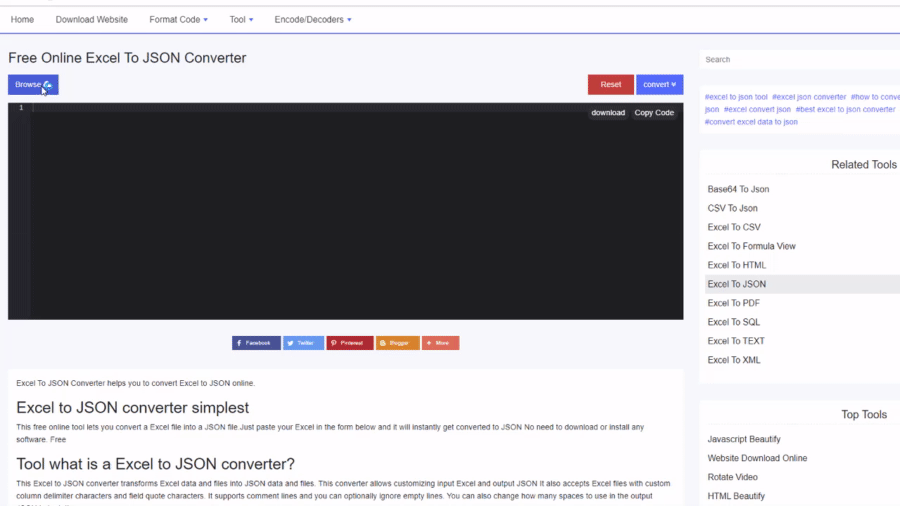

rge_range(2, 5, 4, 5, 'employeeFirstName', merge_format) # F rge_range(2, 4, 4, 4, 'employeeLastName', merge_format) # E rge_range(2, 3, 4, 3, 'employeeId', merge_format) # D rge_range(0, 2, 4, 2, 'companyStatus', merge_format) # C rge_range(0, 1, 4, 1, 'companyName', merge_format) # B rge_range(0, 0, 4, 0, 'companyId', merge_format) # A # create a sheet for our work, defaults to Sheet1. Workbook = xlsxwriter.Workbook(xlsx_file)

After that, I entered values using according to your JSON. First I made the template with some cell format stuff. Here is the code what you are looking for. Would anyone please help me in this case? Thank you so much. I tried with json_excel_converter from json_excel_converter import Converterįrom json_excel_converter.xlsx import WriterĬonv.convert(data, Writer(file='test.xlsx'))

I'm using Python 3.8 with xlsxwriter library.Īnd my current tried with pandas import pandas as pdĭf = pd.json_normalize(data, max_level=5) įor (let j = 0 j < dataValues.I have a JSON that need to convert to Excel. * parameters getting data from Power Automate in a production script. This would be replaced by external calls or Note that the data is not taken from an external source. The following script shows JSON data being converted to a table. The property names can also be added as headers to create a table. This array is then set as the values of a range and stored in a workbook. An Office Script can loop over a JSON array and reassemble it as a 2D array. In these cases, each JSON object represents a row, while the properties represent the columns. Parse JSON data into a range or tableĪrrays of JSON objects provide a consistent way to pass rows of table data between applications and web services. We recommend you first learn more about the format from articles such as JSON Introduction from W3 Schools. This article focuses on using JSON with Office Scripts. JSON lets you parse incoming data from web services and pass complex objects through Power Automate flows. JSON is useful with Office Scripts because it can handle the arbitrary complexity of ranges, tables, and other data patterns in Excel. Each JSON object is a collection of name/value pairs that can be defined when created. JSON (JavaScript Object Notation) is a format for storing and transferring data.


 0 kommentar(er)
0 kommentar(er)
